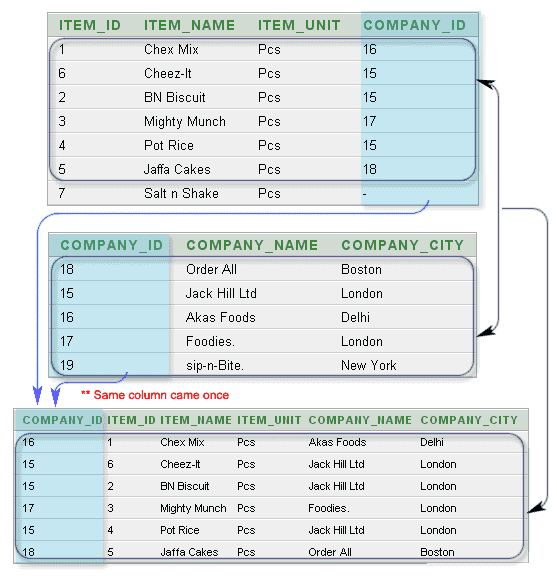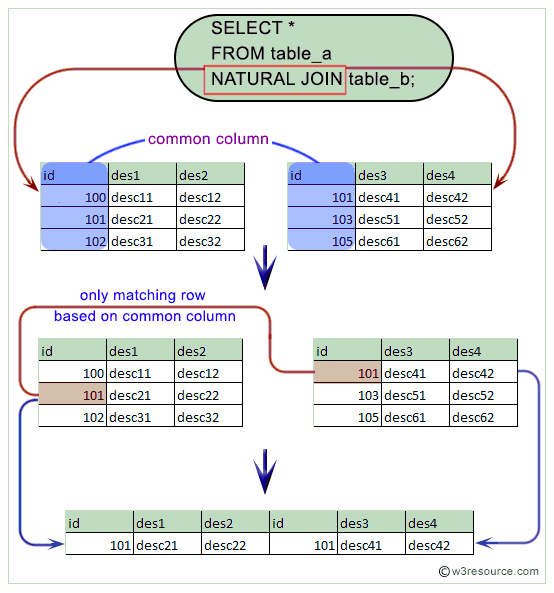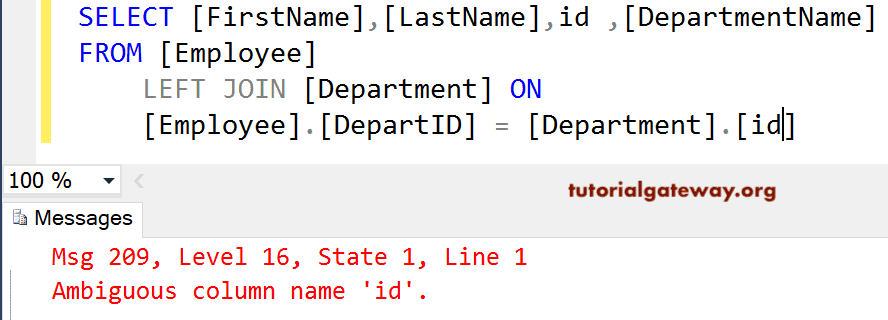In summary, this tutorial covered different methods of finding the max values within different types of lists in Python. You can read more about the function max() and its different arguments here. Aside from max() there are built-in functions like min(), all(), and any() that manipulate iterables in Python. ArgumentDescriptioniterableThe values among which you want to find the maximum.
In our case, it's a list of lists.key(Optional. Default None.) Pass a function that takes a single argument and returns a comparable value. The function is then applied to each element in the list. A list is a data structure in python which is used to store items of multiple data types. Because of that, it is considered to be one of the most versatile data structures. We can store items such as string, integer, float, set, list, etc., inside a given list.
A list in python is a mutable data type, which means that even after creating a list its elements can be changed. A list is represented by storing its items inside square brackets ''. In this article, we shall be looking into how in a python list, we can find the max index. Python Program to find the position of min and max elements of a list using min () and max () function. Next, iterate the for loop and add the number in the list.
Use the min and max functions to find the smallest and largest numbers from the list. To find the maximal list in a list of lists, you need to make two lists comparable. The key argument is a function that takes one input and returns one output . The list with the largest numerical value is returned as the maximum of the list of lists. In the above code, I have created a dictionary with different values and keys. Now we have to calculate the minimum and maximum values of the dictionary.
To do this task I am using the max() function which uses a lambda expression to return the instance of the 'your_dictionary' variable. While in the case of the min() function you can also use the lambda expression to find the minimum value in the Python dictionary. In the above code first, we will declare a nested dictionary and assign key-value pair elements in it. Now create a variable and assign an empty dictionary. To check the maximum value in a dictionary we declare a 'count_new' variable and set the value as 0.
It will check the condition in for loop if the element is greater than 0 and it will iterate all the values and store them into an empty dictionary. The enumerate() function in python is used to add a counter to an iterable. With the help of enumerate() function, we can find the index of the maximum elements from a list. We shall use list comprehension for storing the index.
List comprehension is a way of creating sequences out of already existing sequences. This post has shown you examples about maximum and minimum value of array python and also Python find max in list of dict by value. One could obviously just iterate through the list until the largest two unique integers are found. However, I immediately thought of set in Python, which is guaranteed to only contain unique values.
We could create a set from the list, which would remove duplicates. We could then find the two maximum values in the set using the max function. There are various data structures in Python that can store multiple items of multiple data types like string, float, integer, list, set, etc. at once.
In a list, items can be changed, modified, deleted, and called at any time. All these operations can be performed on a list because all the elements in a list are stored with specific index values. Well, the speed of numpy.argmax looks amazing until you let it process a standard python list. Then the speed lies between explicit and implicit version. I guess np.array does not just create a list but it saves some extra info in it - like for example min and max values .
Finding the maximum and minimum values in a list is pretty easy because of the built-in max and min functions provided by Python. However, you may be wondering what the logic behind these functions is. We used some custom codes to understand the brute approach, tail recursion method, and heap algorithm. The tail-recursive algorithm is not generally in use or practice but for different implementation checks, you can read further about it. The above example has defined a function large() to find maximum value and it takes the input list as the argument.
In this approach, a variable is used initially to store the first element of the list. Under for loop, each element is compared with this root element variable. If the element is greater than the root element, we assign the value of this item to the root element variable, and at last, after comparing we get the largest element. This tutorial has shown you how to create python lists, access items in a list, and various ways to get the maximum values in a Python list. Python has an in-built max function that you can use to locate the maximum value in an iterable.
For example, if we call the max function in a list of strings, it returns the last item with the strings arranged in alphabetical order. In Python the max() function is used to find the maximum values in a given dictionary. While in the case of min() function is used to find the minimum values in a dictionary. So in this example, we separate the maximum and minimum values and you will get two numbers. Use max() and min() functions to find a maximum and minimum number in a list in Python. This methods are return the maximum and minimum of the list, respectively.
¶Return an iterator that applies function to every item of iterable, yielding the results. If additional iterable arguments are passed,function must take that many arguments and is applied to the items from all iterables in parallel. With multiple iterables, the iterator stops when the shortest iterable is exhausted.
For cases where the function inputs are already arranged into argument tuples, see itertools.starmap(). Python examples to find the largest item in a collection (e.g. list, set or array) of comparable elements using max() and min() methods. To find the maximum item index using the numpy library. Then, using the array() function, we shall pass the list my_list as an argument inside the numpy array. This shall convert the given list into a numpy array and store it into 'n'. Then, using the argmax() function, we shall print the index of the maximum item from the numpy array.
The return value of the max function is a single element from the list that is the maximum of all elements. If the list is empty, the default object is returned, if explicitly defined. In this tutorial, you learned how to find the index of the max value of a Python list. You learned how to do this if all values are unique or if duplicates can exist in different lists. You learned how to do this using the index() function, as well as with a for loop.
You also learned how to use the enumerate() function in a Python list comprehension, and the popular data science library, numpy. The function max() will return the largest element, ordered by alphabet, for a list of strings. The letter Z is the largest value, and A is the smallest. The function max() also provides support for a list of strings and dictionary data types in Python.
Write a program to input two lists and display the maximum elements from the elements of both the list combined, along with its index in its list. Here 'dict_cities' is the given dictionary and keys hold the list of all dictionary keys. Python Program to find the position of min and max elements of a list using min() and max() function. The key argument specifies a one-argument ordering function like that used for list.sort(). Thedefault argument specifies an object to return if the provided iterable is empty.
If the iterable is empty and default is not provided, aValueError is raised. For finding a largest key or value in a dictionary, supply the list of keys or values to max function using keys() or values() function of a dictionary respectively. Python list method max returns the elements from the list with maximum value.
Is used to find the maximum value when a sequence of elements is given. It returns that maximum element as the function output. Numpy works well with one of its own data types, arrays, which are list-like structures. One of the benefits of these arrays is that they come with many built-in functions and methods that normal lists do not. The Python max() function returns the largest value in an iterable, such as a list. If a list contains strings, the last item alphabetically is returned by max().
Pass the numpy array as argument to numpy.max(), and this function shall return the maximum value. To expand on what @greybeard said, a memoized function that takes a list will have the added complexity of looking up the list in the cache. And iirc a good hash function for lists will take time proportionate to the size of the list.
To solve this problem first we will create a dictionary and assign key-value pair elements. After that create a variable and use the max() function as an argument. In the above code first, we will import the operator module and then create a dictionary by using curly brackets. Now declare a 'new_ma_val' variable and assign max() and key() function as an argument.
The other option that immediately popped into my mind was to sort the list. Once the list of integers is sorted it is really easy to pick out the largest and second largest integers. Python has a built-in sorted function that does all the work.
Example 5 shows how to use the group column in our exemplifying data set to return multiple max and min values. Use min and max function with index function to find the position of an element in the list. Python program to find maximum and minimum number in a list; In this python article, we would love to show you how to find maximum and minimum number in a list in python. Let's say we have a list of nested lists and would like to evaluate what is the maximum value in the second nested list.
In that scenario, we could use the key argument in max() and use a lambda function to specify which index. Can also be used to find the max element in a list or in dictionary keys/values. In this guide, we'll take a look at how to find the maximum element of a few common data structures in Python, such as a list, dictionary, and tuple.
This method uses sorted() function to find the largest element. Then, the sorted() function sorts the list in ascending order and print the largest number. This method uses the sort() function to find the largest element. It takes a list of values as input then sorts the list in ascending order and prints the last element in the list. The second solution shows an interesting construct using lambda function.
The reduce() takes the lambda function as an argument and the lambda() function takes two arguments. It takes a condition and input list to check for maximum value. This is the simplest and straightforward approach to find the largest element. The Python max() function returns the largest item in an iterable.
It can also be used to find the maximum value between two or more parameters. Using the max() function, we shall store the value of the maximum element into 'max_item'. Then, we shall enumerate over my_list and check for which list item the value equals max_item. The index for that element shall be printed as a list item. First, we shall use the max() function to find the maximum element from the given list 'my_list' and store it in 'max_item'. Then using the index() function, we shall pass the 'max_item' inside the function.
Using my_list.index(), we shall return the index of the maximum element and print that. The index() method is used to find the index of a given element from a python list. It accepts the element as an argument and returns the index of that element. In the case of multiple occurrences, it will return the smallest index of that element. Items in a Python list can support various data types, including string, integers, floats, dictionaries, and even nested lists.
One thing to note about this is that this method will return the first instance of the maximum value in that iterable object. If the object contains duplicate items, only the first will be returned. All the other methods shown below will return all of the indices, if duplicates exist. You may encounter a situation where you want to find the minimum or maximum value in a list or a string.
For instance, you may be writing a program that finds the most expensive car sold at your dealership. That's where Python's built-in functions min() and max() come in. Based on the values (rather than the dictionary's keys), the key having the maximum value is returned. You need to check all of the the values to find the minimal one if the list is not sorted.


















































